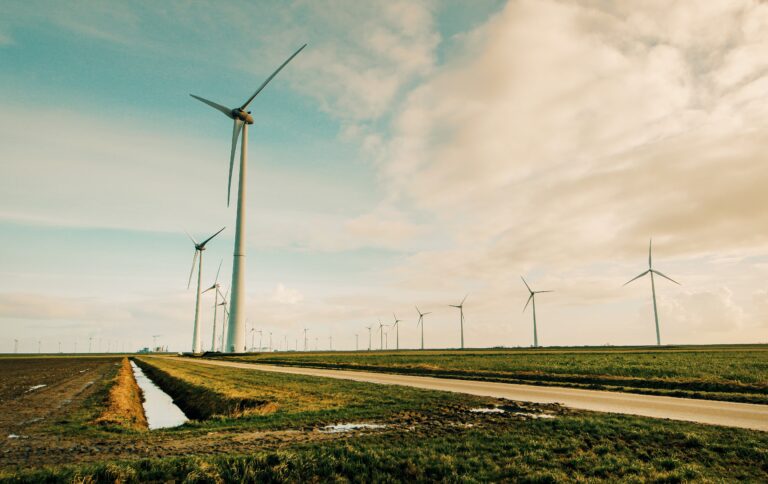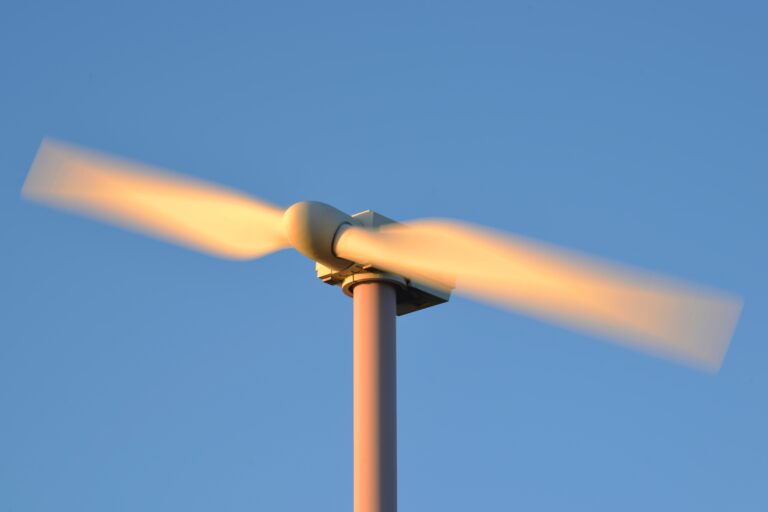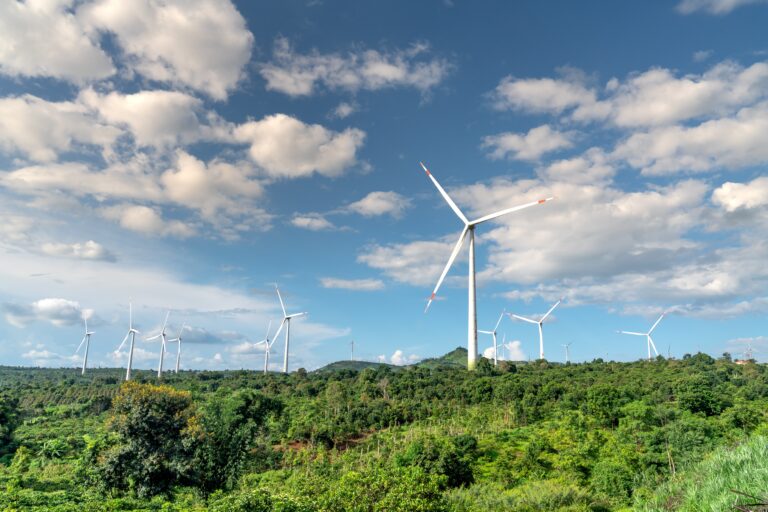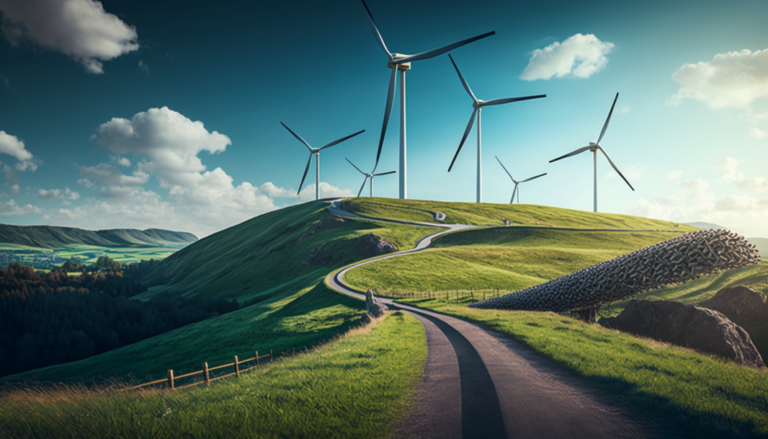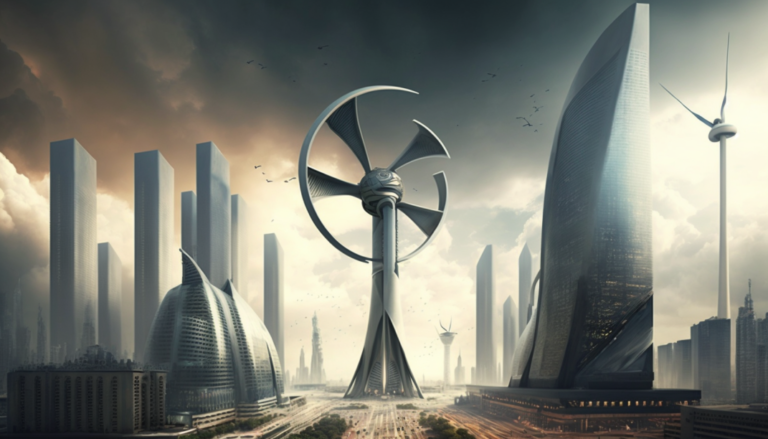7 Amazing Benefits of Wind Energy You Need to Know Now
Introduction
Wind energy has grown in popularity as a sustainable energy source in recent years. breeze turbines utilize the force of the breeze to produce this type of energy. Wind energy has a variety of advantages, including the ability to decrease greenhouse gas emissions, provide a dependable source of energy, and generate employment in the renewable energy industry. In this piece, we will look more closely at the advantages of wind energy, including its environmental effect, economic benefits, and potential for future development. Readers will have a greater grasp of the importance of wind energy as a sustainable energy source and its potential to play a major part in meeting our energy requirements in the future by the conclusion of this piece.
Table of Contents
Clean and Renewable Energy
Wind energy is a pure, renewable energy source that is gaining popularity around the globe. Wind energy, unlike fossil fuels, does not emit toxic emissions or toxins that can damage the ecosystem and human health.
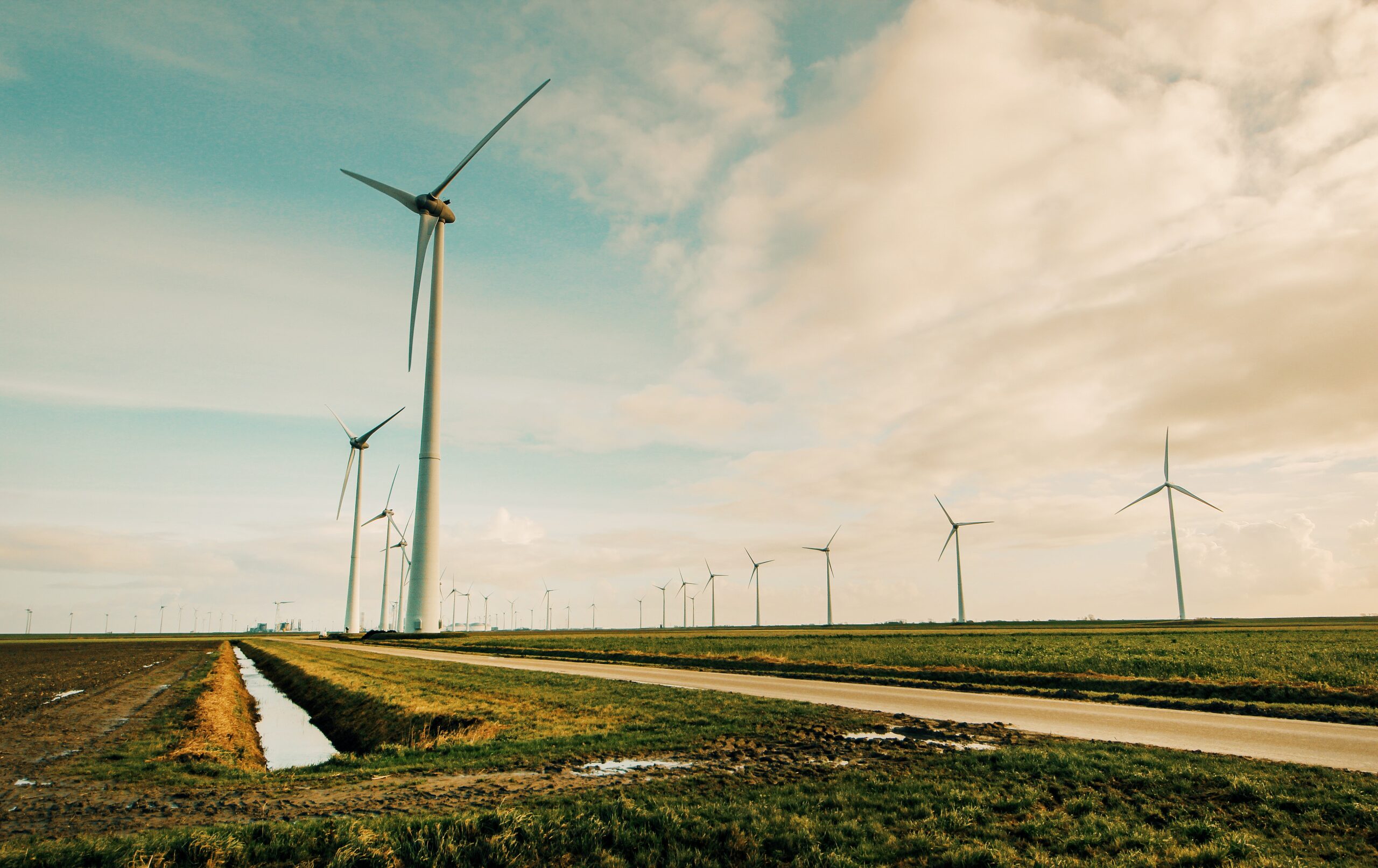
Wind energy’s capacity to decrease greenhouse gas emissions is one of its most important environmental advantages. Wind energy has the ability to decrease world carbon dioxide emissions by up to 1.5 billion tons per year by 2030, according to the Global Wind Energy Council. This equates to removing 300 million vehicles from the road each year.
Wind energy not only serves to reduce greenhouse gas emissions, but it also works to enhance air quality. Pollutants emitted by fossil fuels such as coal and gasoline can cause respiratory difficulties and other health problems. We can decrease air pollution and enhance public health by substituting dirty energy sources with pure wind energy.
Furthermore, wind energy is a natural and safe energy source that will never run out. Wind energy, unlike fossil fuels, is a renewable resource that is continuously replenished by the natural powers of the wind. This implies that wind energy will be able to power our homes and companies for future generations.
To summarize, wind energy is a pure and renewable energy source that provides numerous environmental advantages. Wind energy contributes to a cleaner, healthier, and more viable future for all by lowering greenhouse gas emissions, increasing air quality, and offering a renewable source of electricity.
Wind Energy: A Cost-Effective Solution
Wind energy is becoming more affordable when compared to conventional energy sources. This is due to technological improvements, economies of size, and government benefits. Wind energy has substantial cost savings, which can be seen in both running expenses and long-term savings.
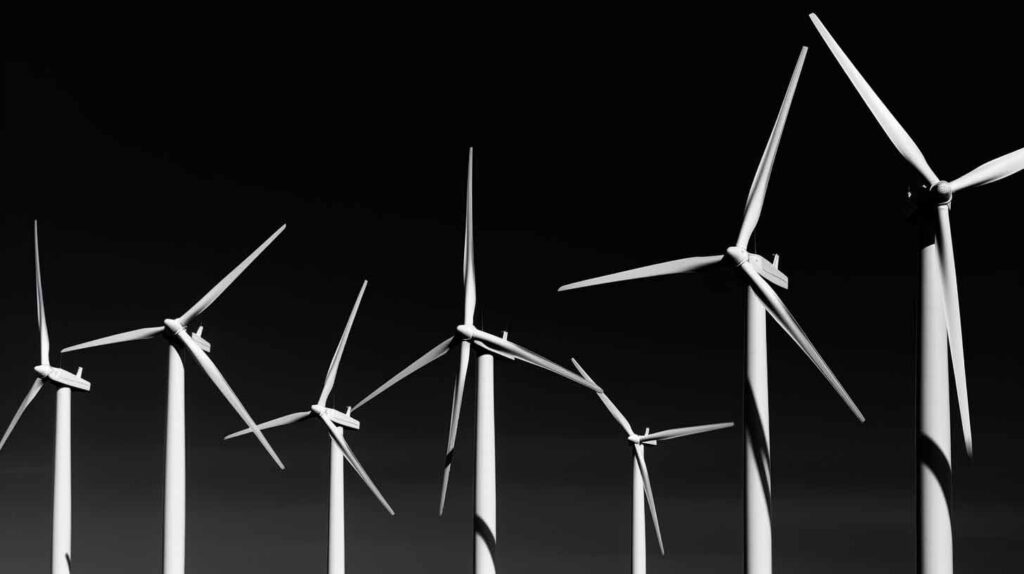
Lower running expenses are one of the primary cost savings connected with wind energy. Once erected, a wind turbine needs very little upkeep and has no fuel expenses. This means that the cost of generating electricity from wind energy is much cheaper than the cost of generating electricity from conventional energy sources such as coal or natural gas. Furthermore, wind turbines have a lifetime of 20-25 years, implying that the long-term benefits connected with wind energy are substantial.
Wind energy costs have dropped by 70% since 2010, according to the International Renewable Energy Agency (IRENA). This is due to technological developments that have made wind generators more efficient and cost-effective. Furthermore, government benefits such as tax rebates and subsidies have aided in lowering the cost of wind energy.
Wind energy is now the cheapest type of fresh power generation in the United States. The levelized cost of wind energy is now $30-$60 per megawatt-hour, compared to $40-$120 per megawatt-hour for natural gas and $60-$143 per megawatt-hour for coal, according to the Department of Energy.
Finally, wind energy is a cost-effective way to generate power. Wind energy has substantial cost savings, which can be seen in both running expenses and long-term savings. Wind energy will become even more cost-effective in the future as technology improves and government benefits stay in place.
Job Creation
Wind energy is a rapidly growing business with the ability to generate numerous employment possibilities across multiple industries. Job development is one of the most important advantages of wind energy. Manufacturing, building, and maintenance employment are all created by the wind energy industry.

Wind generators, blades, and other components are manufactured, which creates manufacturing employment. These positions are critical for the growth of wind energy facilities. Wind turbine installation and wind field building both generate construction employment. Maintenance positions are established to guarantee that wind turbines operate properly and efficiently.
Wind energy also has major economic advantages. Wind energy initiatives produce both local and state revenue. Land lease payments, property taxes, and other expenses produce local income. Income taxes, sales taxes, and other taxes produce tax money.
According to the American Wind Energy Association, over 120,000 jobs were sustained by the wind energy sector in 2019. In 2019, wind energy initiatives also produced $1.6 billion in local income and $1.8 billion in tax revenue.
Finally, wind energy generates employment in a variety of industries and offers substantial economic benefits. Wind energy growth has the ability to produce even more employment prospects and earn additional revenue for local communities.
Energy Independence
Wind energy is a renewable energy source that can assist nations in achieving energy freedom and decreasing their dependency on foreign oil. Nations can produce energy without importing oil from other nations by harnessing the force of the breeze. This can help them decrease their reliance on foreign fuels while also increasing their energy security.
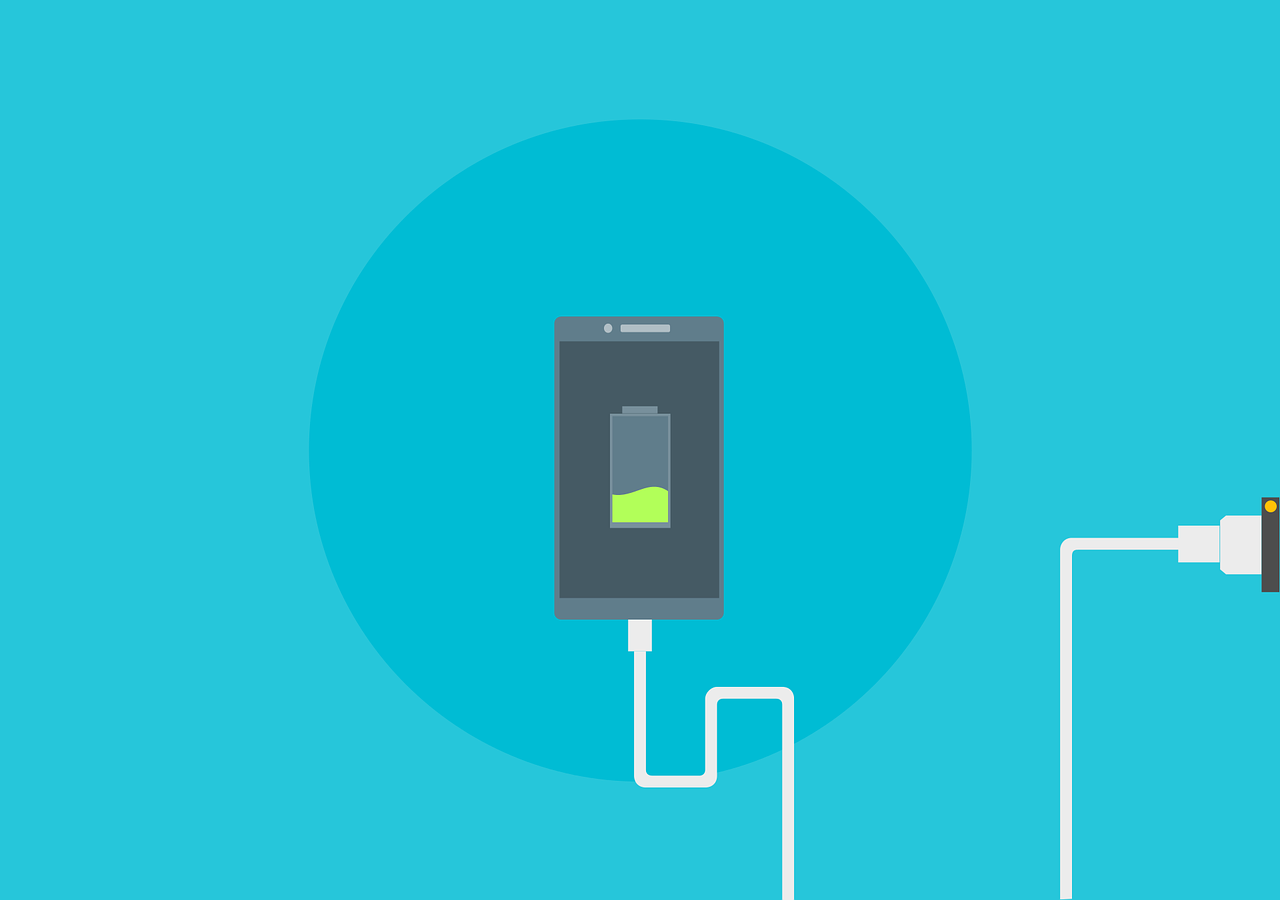
Wind energy can help to decrease the danger of energy-related conflicts, which is one of its geopolitical advantages. Oil-importing countries are frequently susceptible to supply disruptions and price changes, which can lead to tensions and wars. Countries can reduce their reliance on oil and improve their energy security by investing in wind energy, which can help to reduce the danger of conflict.
Wind energy is one of the world’s fastest-growing forms of power, according to the International Energy Agency. Wind energy made for 6.5% of global electricity production in 2019, up from 0.3% in 2000. Falling expenses and helpful government policies have fueled this expansion.
Wind energy has environmental advantages in addition to decreasing reliance on foreign oil and the danger of energy-related conflicts. It is a pure energy source with no greenhouse gas pollutants or atmospheric pollution. This can help to mitigate the effects of climate change while also improving air quality.
Scalability
Wind energy is a highly scalable sustainable energy source that can be readily adapted to satisfy the energy needs of a specific area. Wind energy is scalable because wind turbines can be placed in a variety of sizes and capabilities, from tiny turbines for individual houses to large-scale wind fields that can power entire towns.
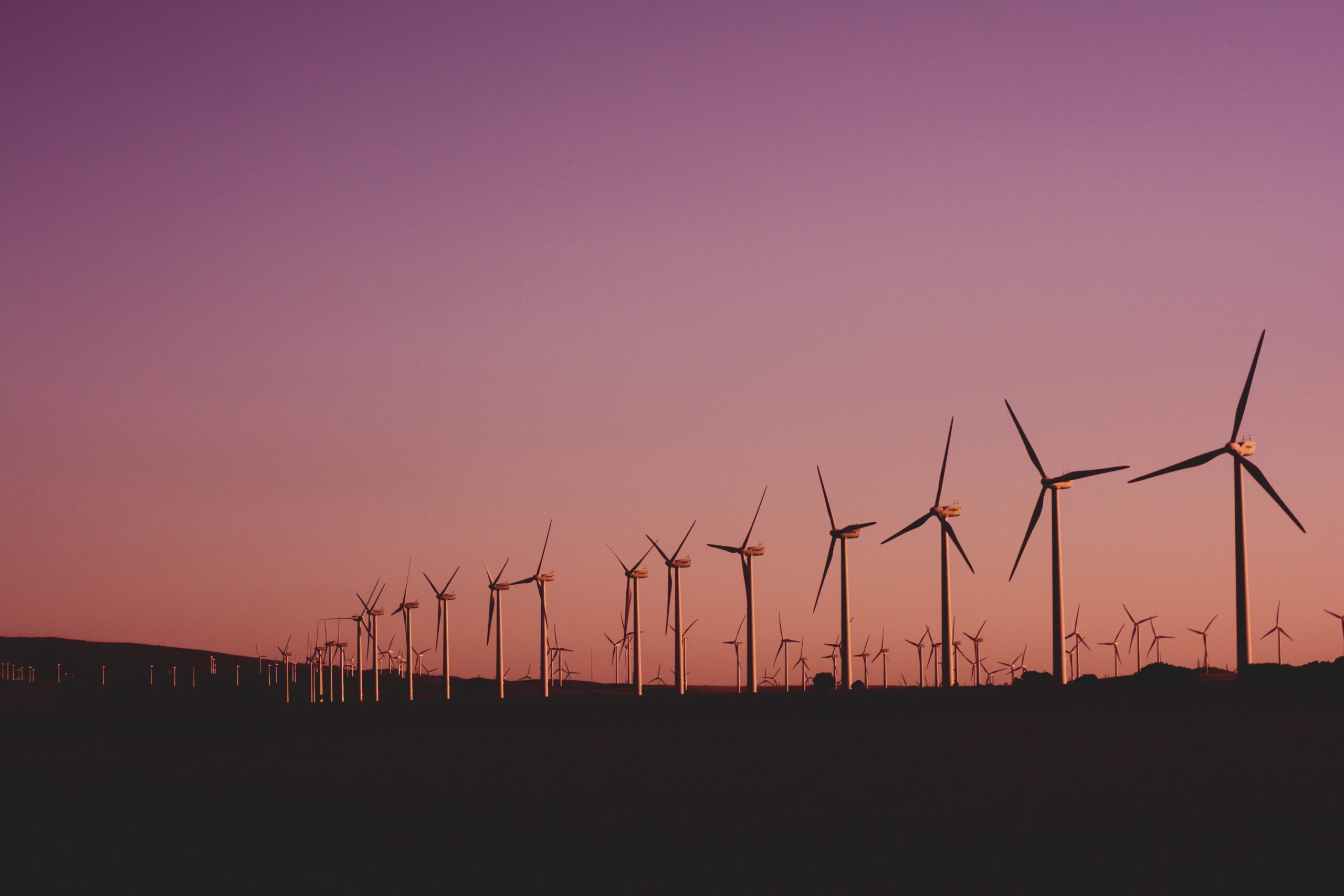
One of the most important advantages of wind energy is its flexibility, which enables it to be combined with other sustainable energy sources such as solar and hydro power. This means that wind energy can be combined with other sources to produce a more dependable and steady energy supply, particularly during high demand periods.
According to the International Energy Agency, wind energy could provide up to 18% of global power by 2025, up from 4% in 2015. This expansion is the result of rising demand for green energy sources and the ongoing advancement of wind energy technology.
Furthermore, wind energy has demonstrated to be a cost-effective means of meeting energy needs. Wind energy is now the cheapest form of fresh power generation in the United States, with prices dropping by 70% over the last decade.
Overall, wind energy’s scalability and adaptability make it a highly appealing choice for meeting the world’s increasing energy demands while lowering greenhouse gas emissions and supporting sustainable development.
Low Maintenance
Wind turbines are famous for renewable energy because of their minimal maintenance needs. Wind turbines demand less upkeep than conventional energy sources, resulting in substantial cost savings for operators.
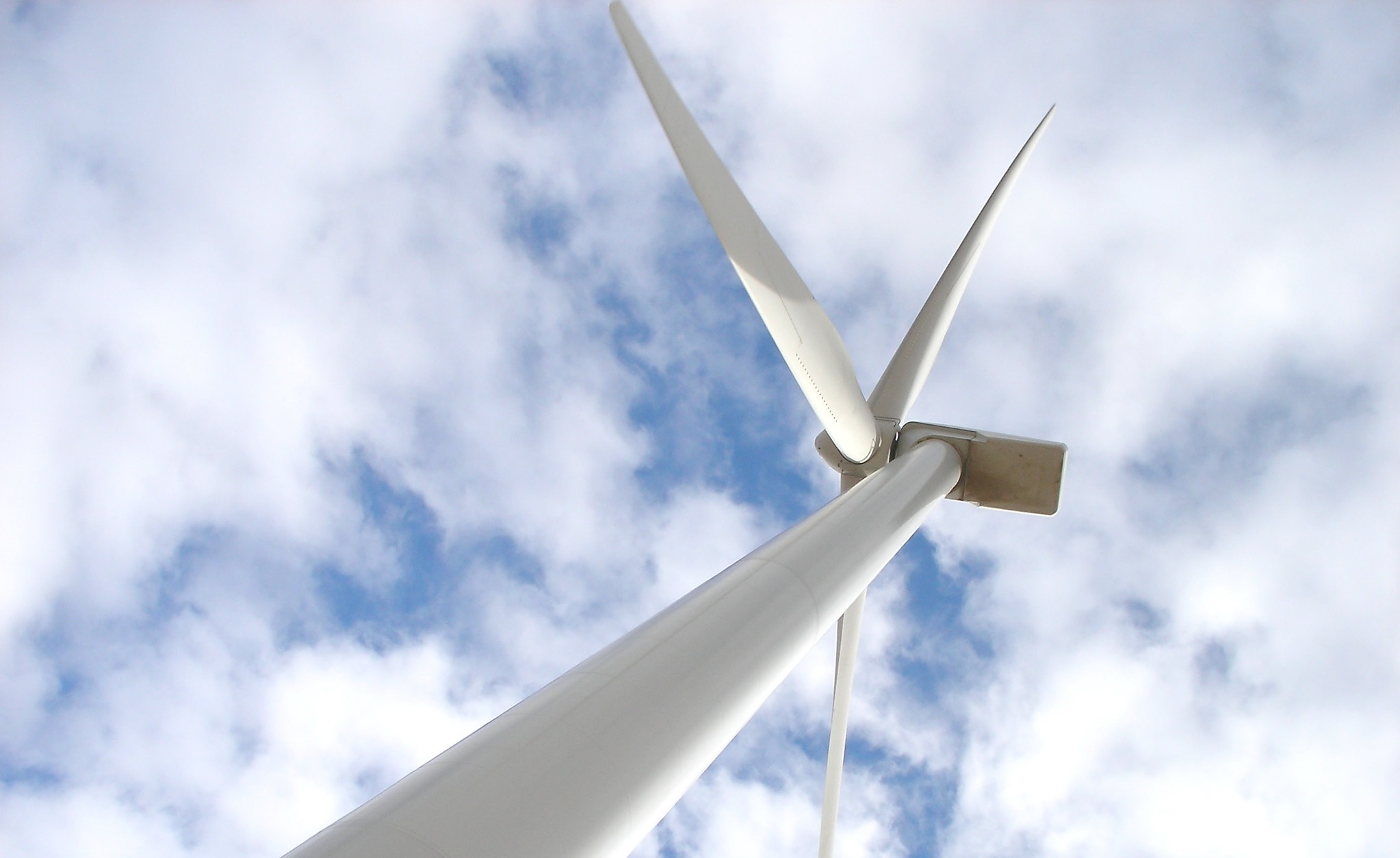
Reduced downtime is one of the primary benefits of minimal upkeep. Wind generators can work for extended periods of time without requiring repair, resulting in fewer electricity outages. In comparison, traditional energy sources frequently require routine upkeep and repairs, resulting in downtime and wasted income.
Public Health
Wind energy is a pure and sustainable energy source that has the potential to greatly enhance public health by decreasing air pollution and related health hazards. The combustion of fossil fuels for energy production emits harmful pollutants into the atmosphere, which can lead to respiratory diseases, cardiac disease, and early mortality. Wind energy, on the other hand, emits no pollutants or emissions, making it a much better and healthy option.
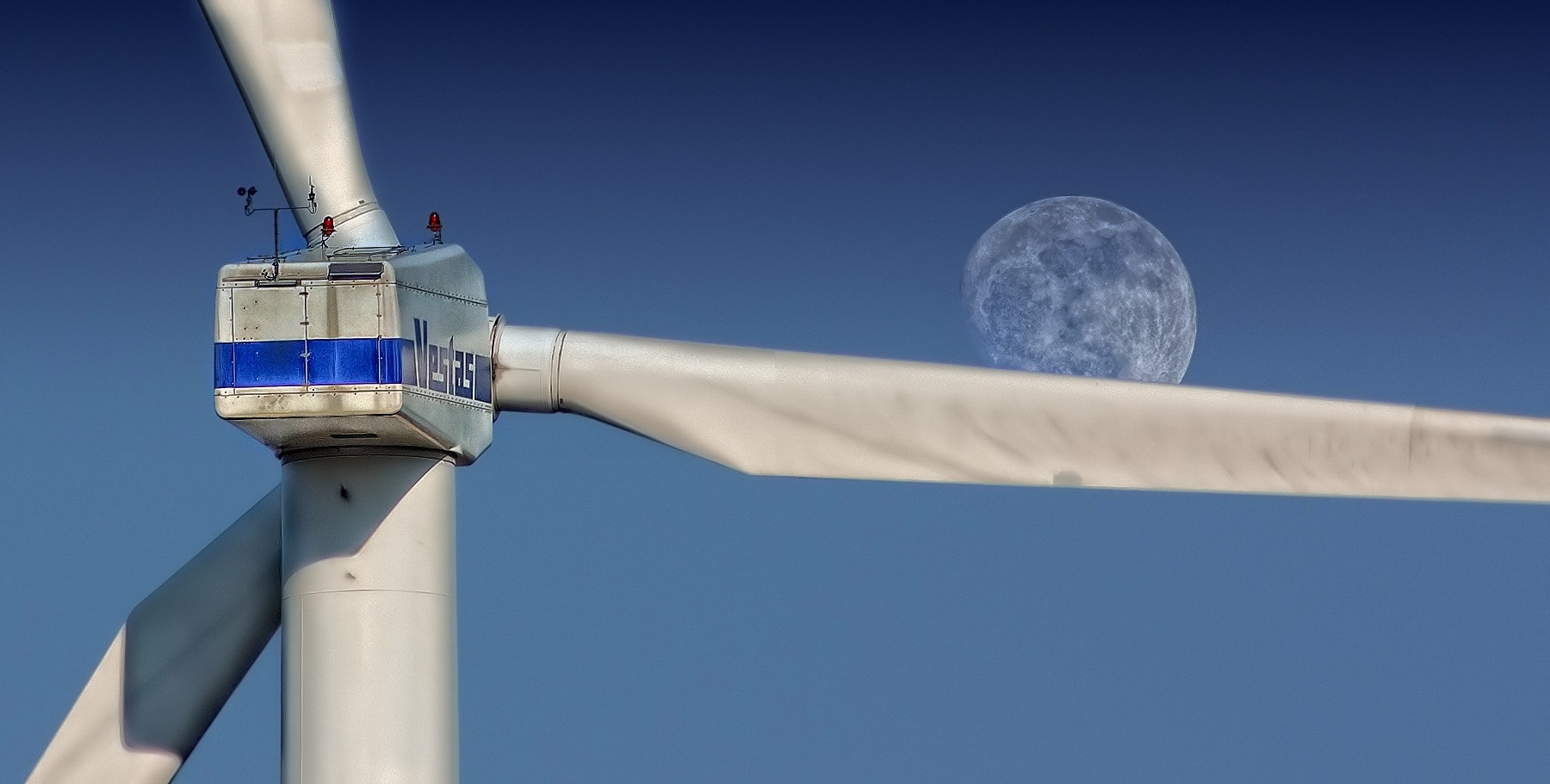
Wind energy has been shown in studies to significantly reduce respiratory diseases and premature fatalities. For example, a UK research discovered that using wind energy could avoid up to 22,000 premature fatalities per year by 2030. Similarly, a research performed in the United States discovered that using wind energy could save up to 12,000 lives per year by 2050.
Wind energy can enhance general air quality while also lowering respiratory illnesses and premature fatalities. Other health dangers, such as heart disease and stroke, may be reduced as a result. Wind energy, by lowering air pollution, can also help to alleviate the affects of climate change, which can have serious consequences for public health.
Conclusion
To summarize, wind energy is a feasible and safe energy source with numerous advantages. Wind energy, as described in this piece, is a pure and renewable form of energy that does not emit harmful emissions or add to climate change. It is also cost-effective and has the potential to decrease our reliance on natural fuels.
One of the primary advantages of wind energy is that it is a renewable energy source that can help reduce our dependence on foreign fuels. Wind energy can also help local communities generate employment and thrive economically. Furthermore, by decreasing the amount of toxic pollutants discharged into the environment, wind energy can help reduce air pollution and enhance public health.

